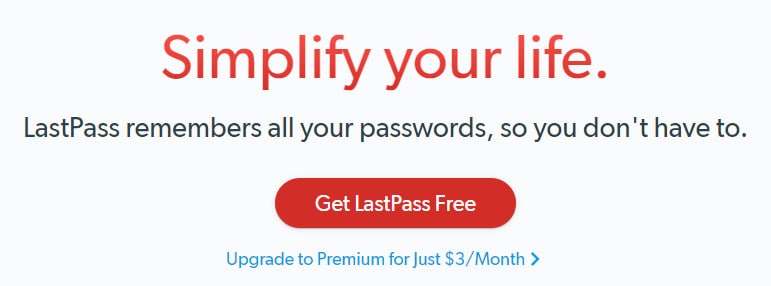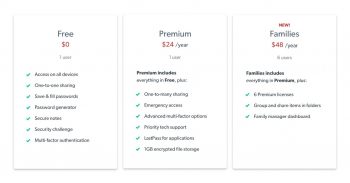
When you create an account, you’ll need to provide a master password to encrypt and decrypt any data before it’s moved online. LastPass may be a Cloud-base service, but it uses local encryption for your credentials.

Save the file in CSV format, and then simply import the file to get everything stored in your LastPass Vault.

Tip: New LastPass users should export the credentials stored in their web browser (or existing password manager). It’s mind-boggling how complete yet easy this interface is. In addition, you get quick access to other helpful areas like account settings, master password management, URL host matching settings, and much more. You can even add new accounts manually from within the vault – or simply import an entire Excel spreadsheet of existing accounts. You get navigation menus, search bars, and a clean interface that allows the management of each saved account. For example, you can sort passwords into “Folders” so they don’t simply accumulate in a cluttered mess.įor those new to the LastPass Vault, it acts much like other similar apps. The LastPass Vault provides easy access to your password database, with many organizational tools to help you keep hundreds of passwords manageable.

Yet, you get peace of mind knowing that credentials won’t wipe out each time you refresh the browser cache. It still asks if you want to store passwords when you first log in to a website. You are able to access your password database via LastPass Vault.įor those used to Google Chrome or other browser’s way of password management, LastPass isn’t that different.


 0 kommentar(er)
0 kommentar(er)
